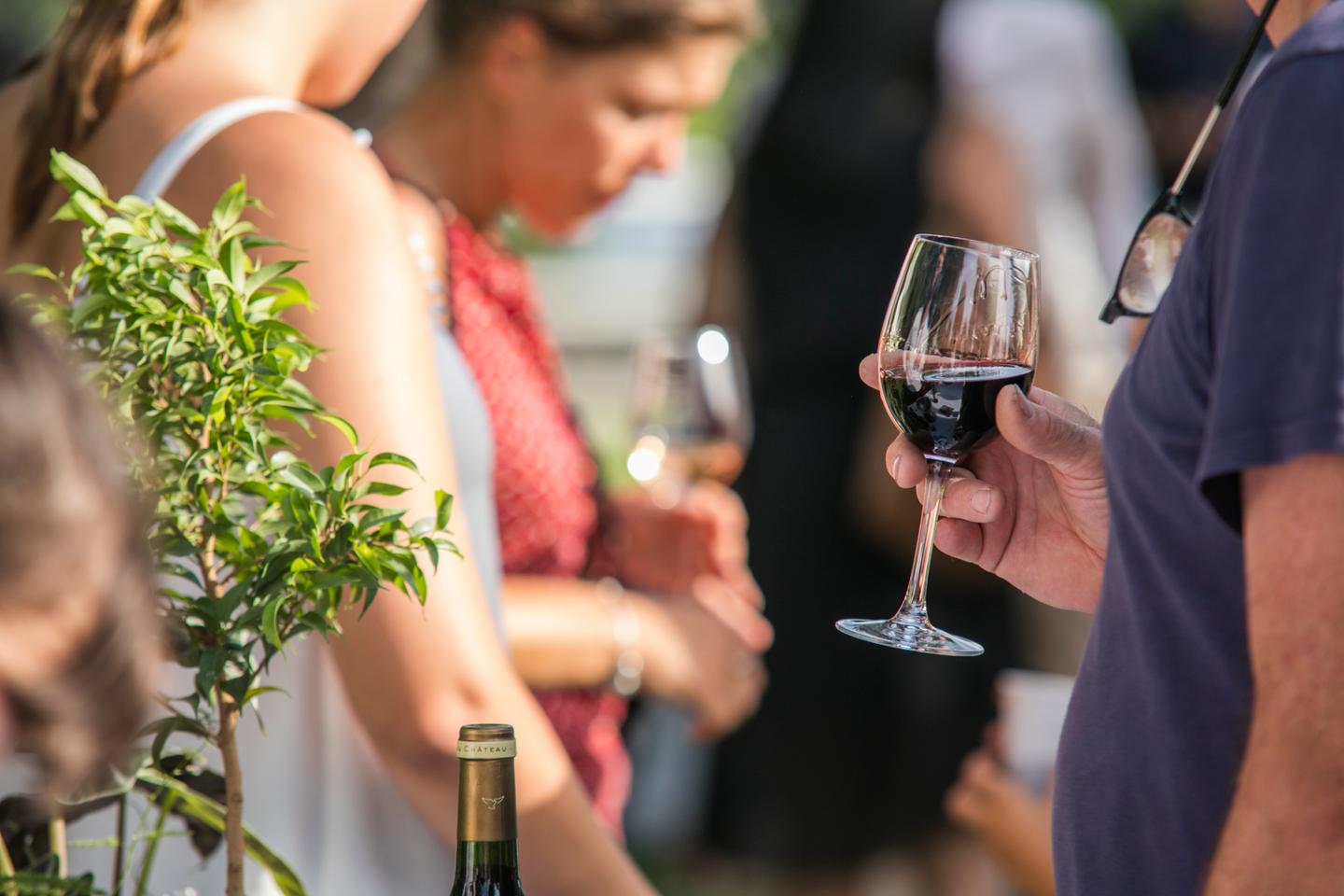


Saint-Pourçain wines are often described as "vins de soif," thirst-quenchers in English. But what does this popular expression mean? To say that it's a wine that quenches thirst like water is not enough. "It's a bottle that can be opened with one other person and that you're sure to finish within the evening!" For Morgan Hubert, wine purchasing manager at E.Leclerc, a major French retailer, the definition is obvious. He can even describe it in detail: A digestible wine with good acidity, no woody notes from the barrel, no aroma from aging or maturation, but with intense fruity notes from the fermentation of the grapes.
He cited the flagship grape varieties for thirst-quenching wines: chenin for whites, cinsault or gamay for reds, and even pinot noir if it's not oaked. And his favorite, pineau d'Aunis, a grape variety grown in the Loire Valley, mainly for coteaux-du-vendômois, capable of creating "dynamic wines that dance in the glass." In other words, grapes that produce wines that are light in alcohol and structure, with little tannin. In the past, the term "gouleyant" (quaffable) was used.
Not everyone is as comfortable talking about so-called "thirst-quenching" wines. For fear of drawing the ire of the anti-alcohol leagues; for fear, above all, of giving a negative impression of these wines, which people drink but don't taste. Most wine merchants prefer the expression "vin de plaisir" (wine of pleasure) or "vin de copains" (wine for friends). This is no clearer for the consumer, who rarely comes across wines that are not for pleasure or are intended to be served to foes.
Simple and fruity
Two clues help to better understand the concept. Whether red, white or, more often, rosé, thirst-quenching wine is best served as an aperitif. Unlike "gastronomic" wine, whose complexity, structure and elegance are best enjoyed at the dining table, this wine does not require food. To underline its simple, fruity character, it can even be served at a slightly cooler temperature.
The second clue is the price. The thirst-quencher doesn't need to be kept for long, nor does it require a major investment to create it, which makes it more accessible price-wise. "You can find bottles of great quality for between €7 and €12," said Laurent Janiaud, at the Cave des Champs, in Saint-Brieuc, who sells a Côtes-Catalanes 2022 for €9.
Being fresh and light, thirst-quenching wine is thought to be limited to temperate wine-growing regions. However, it can be found everywhere. At the Les Marmandais winery in Cocumont (Lot-et-Garonne), they've been making it for 10 years. "The grapes are picked a little earlier in the year, to preserve acidity, and harvested before sunrise," explained director Frédéric Costella. "They are then vinified at low temperature, to avoid extracting tannins. Then vatting is very short, to limit concentration. The juice is run off quickly, to separate it from the pomace, which adds potency. And it is not blended with pressed juice, which would have the same effect. These processes break with traditional patterns. But you have to be daring!"
You have 12.67% of this article left to read. The rest is for subscribers only.
